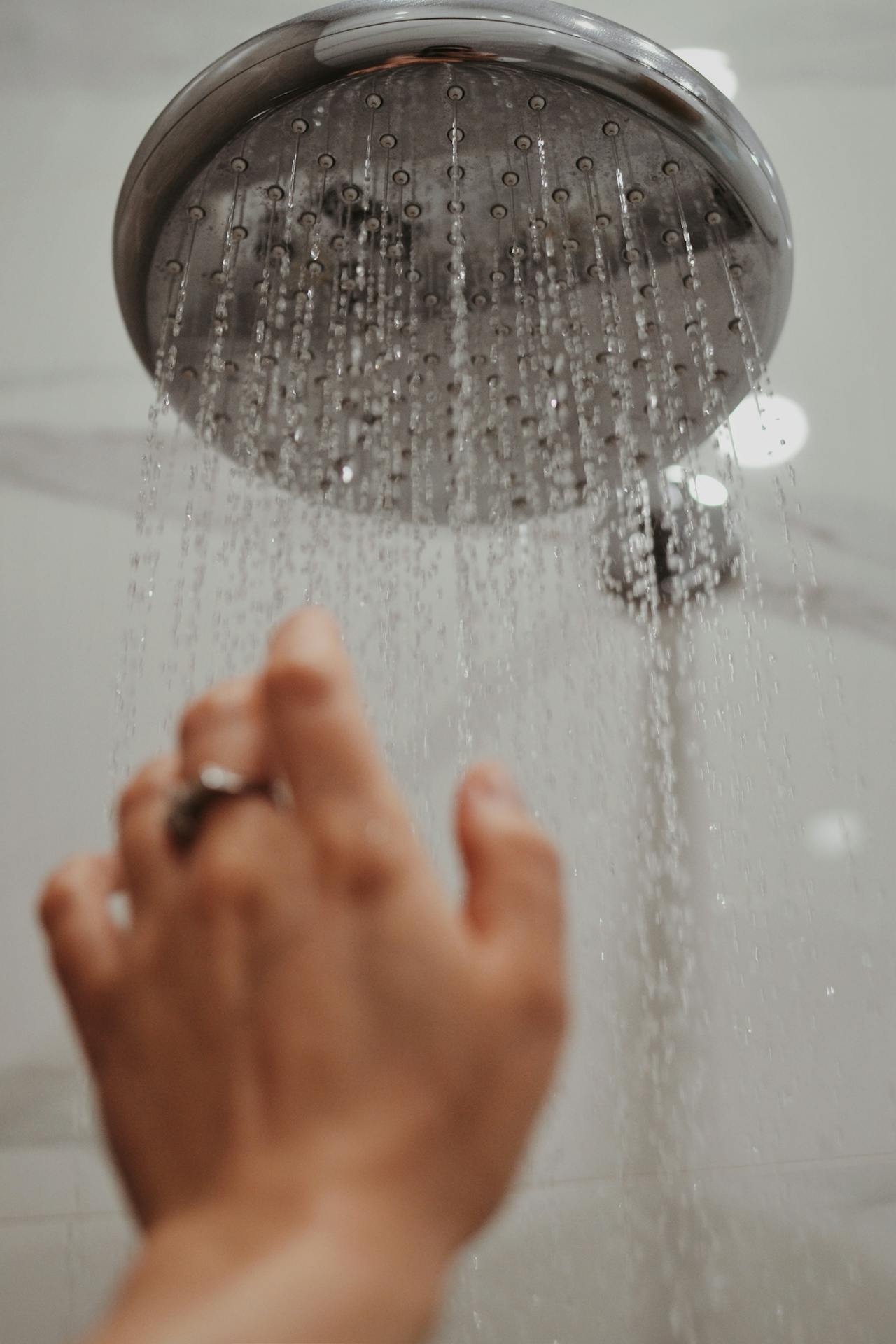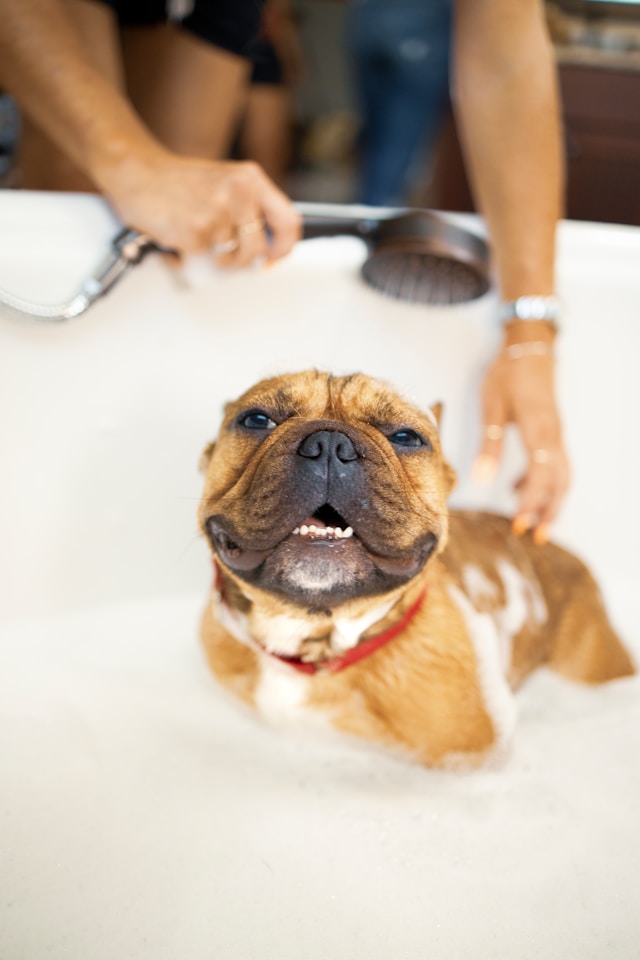
It’s the first morning the thermostat dips below freezing. You drag yourself out of bed, motivated only by the thought of a long, hot shower. You turn the knob, and instead of steamy relief, you’re hit with a merciless, agonizing blast of pure, shocking ice. That feeling isn’t just discomfort—it’s instant panic over the emergency repair bill that’s surely coming.
This common winter breakdown is not a random failure. Your water heater works hardest battling near-freezing inlet water, and that intense strain exposes every tiny, hidden flaw: a tank clogged with rock-hard sediment (gunk), or a small leak waiting to burst.
Stop waiting for that crisis moment. This article gives you the essential winter-ready checklist you need to quickly inspect your unit and find those hidden weak points. You can eliminate the risk now, saving stress and money, and guarantee your beach home stays warm before the first hard freeze hits.
Red Flags: 5 Signs Your Heater is Failing

1. The Puddle (Impending Leak)
A puddle of water pooling around the base of the tank is a serious sign. This often means the inner metal tank is corroded, and a major leak is about to happen. Call a professional immediately.
2. Strange Noises (Gunk Overheating)
Hearing loud rumbling, popping, or cracking sounds? That’s sediment (“gunk”) inside the tank getting rock-hard and overheating. Your heater is struggling to function and risks element failure.
3. The Rust (Tank Corrosion)
If the hot water coming out of your faucets is rusty or discolored, it suggests the inside of your tank is actively corroding. This is a clear warning sign that the metal is degrading and a leak is imminent.
4. Unstable Temperature (Inefficiency)
If your hot water runs out faster than usual or fluctuates wildly between hot and cold, your unit is failing to heat efficiently. This is often caused by heavy sediment buildup or a dying heating element.
5. Age Check (Borrowed Time)
A water heater older than 8 to 10 years is living on borrowed time and is the most likely to fail under winter stress. Pay extra attention to the other red flags. Start planning for a replacement.
Your Winter Hot Water Guarantee

You’ve done the essential work: you were proactive, checking your tank for leaks, rust, and noise. This is the best defense against winter failure. You are resourceful, but when a unit is compromised, safety must come first.
If you spotted any critical red flags, like a leak, rust-colored water, or loud noises, it means your unit is in need of replacement. This complex job is one that is best left to the pros. For guaranteed peace of mind, schedule an expert inspection now. Let the professionals handle the full process, from recommending the safest, most efficient new tank for your home to responsibly removing and disposing of the old equipment.
Need more beach home improvement tips? Check out our other resources on Beach Homes Lifestyles.

